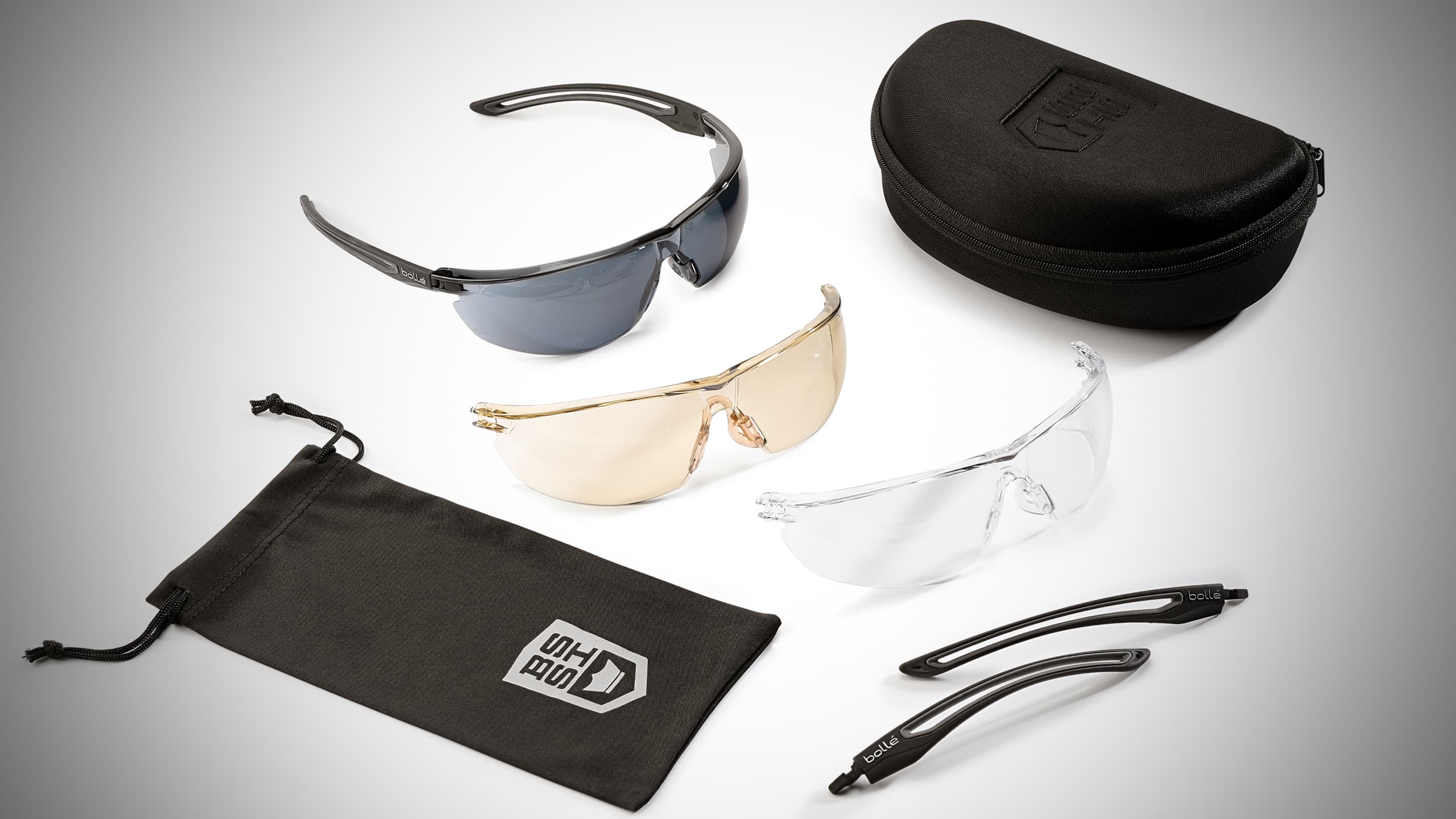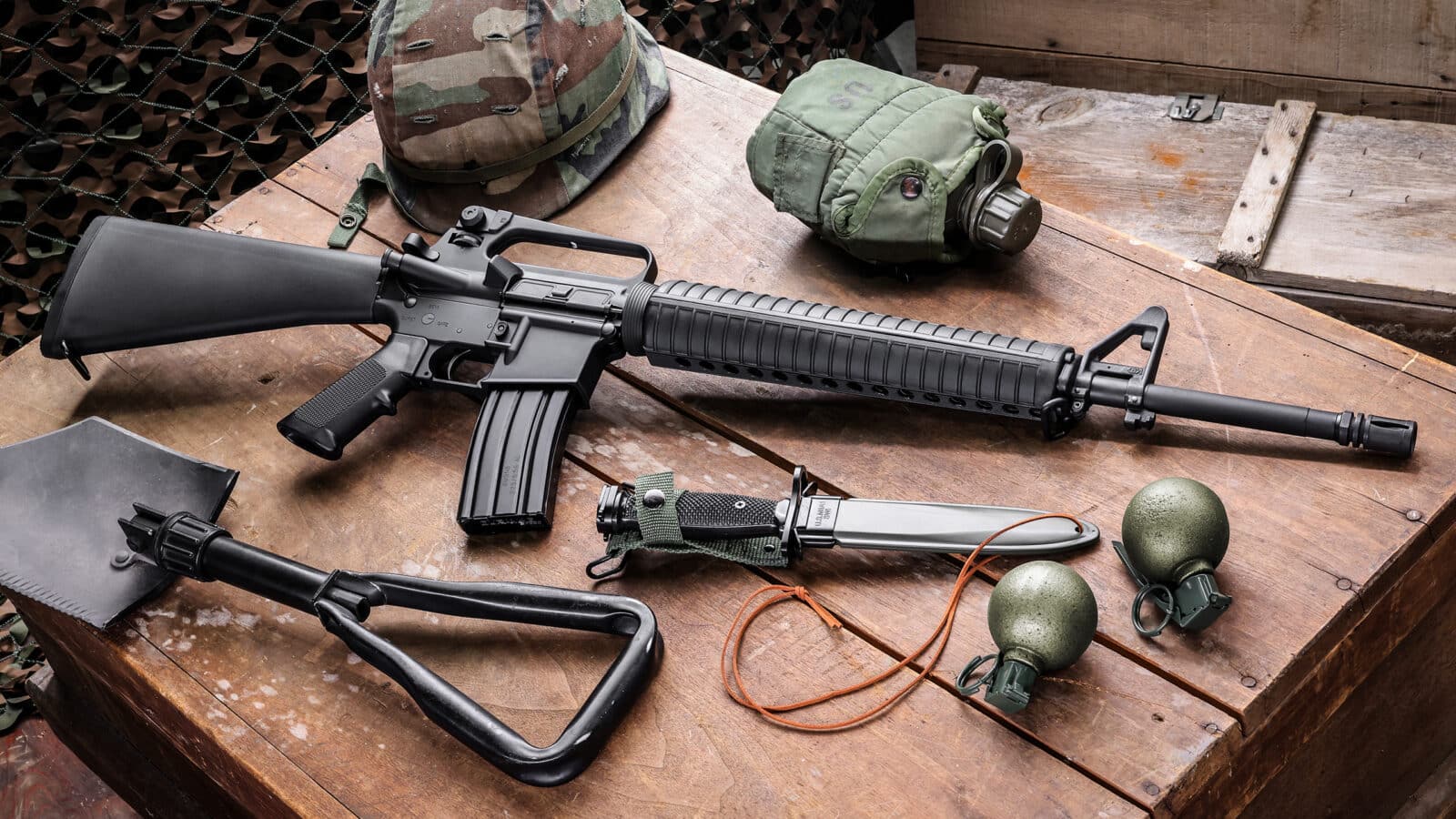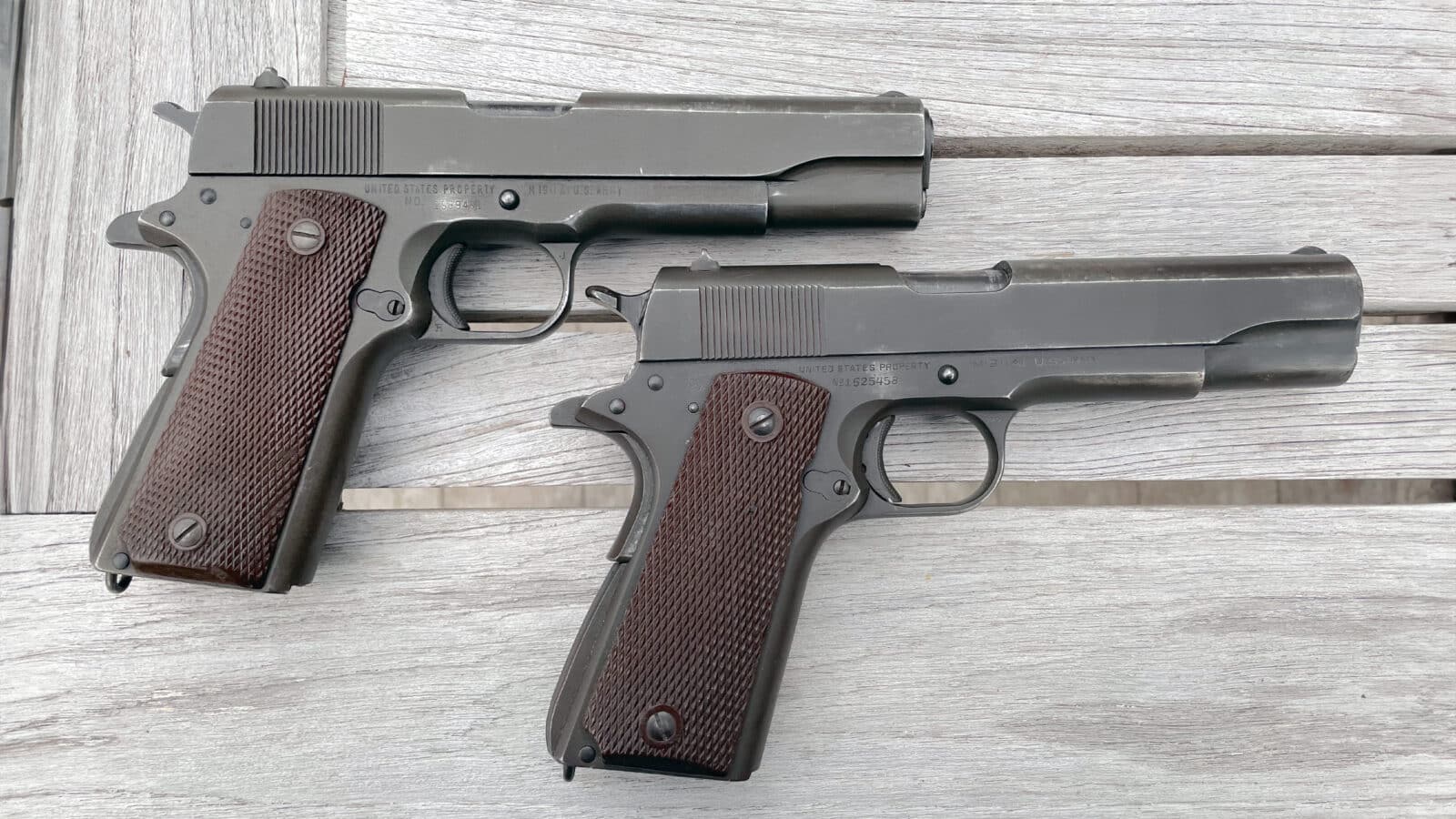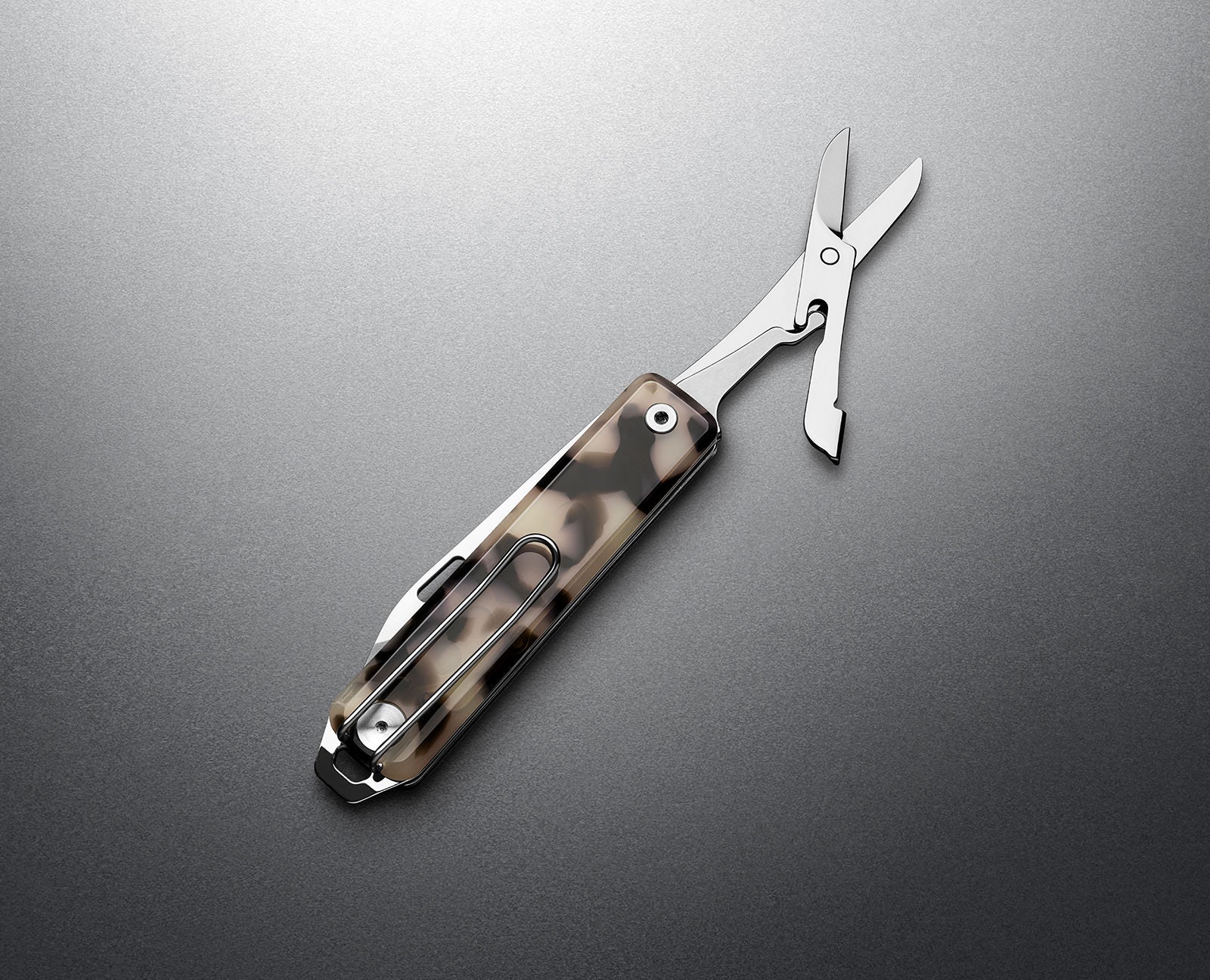From football to fashion, we all make mistakes as we’re learning a new skill. It’s no surprise that guns and gear are the same, especially for new concealed carriers. The wrong firearm is a common error, but there are also a ton of mistakes with accessories and gear selection. We’ve all got a box resembling a trash can filled with bits and bobs from the ghosts of firearms past. Here are some of the most common new gun owner gear mistakes.
Nylon Universal Holsters
One mistake new shooters often make is choosing a generic Nylon holster. These are often poofy and oversized with a loose fit, thin strap, and pot metal clip. This results in poor retention and concealability, which will make your carry experience more difficult. It will also be harder to get a clean, consistent draw. The holster will not fully protect the trigger guard, jeopardizing your safety.

This warning extends to Uncle Mike’s Universal-type holsters as well. These are divided into different size ranges, which provide a slightly better fit. However, overall, these should be avoided for carry as they do not provide adequate retention or security. For strictly range work, perhaps to test several guns, they work in a pinch.
Don’t cheap out on your holster. You don’t have to spend a ton to get something good quality, but the $5 bargain bin is not where you should be looking. Find something designed for your specific firearm model. Leather or Kydex are both good choices. Galco and DeSantis both offer a number of affordable models for a variety of handguns and carry positions. The DeSantis Slim-Tuk is a go-to IWB holster for many due to its slimline, minimalistic design. Galco’s Stow-N-Go is a soft leather option that’s comfortable on the hip all day long.
Range Ammo for Carry
Another common mistake often seen with new shooters and concealed carriers is using range ammo for self-defense. Full metal jacket (FMJ) ammunition should typically be reserved for training at the range. There are other solid projectile options designed for protection, but these are mostly used for animal defense outdoors. For concealed carry and home defense, you should usually turn to hollow points.
Jacketed hollow point (JHP) ammunition utilizes a projectile that expands after entering the target medium (body). This creates more muscle and soft tissue damage, which results in additional blood loss. All this works together to physiologically and psychologically stop the threat as quickly as possible.

Hornady Critical Defense and Speer Gold Dot are two great hollow point options for personal protection. They provide consistent expansion and penetration across a wide range of calibers.
Cheap Optics
I’ve seen it time and time again; people pour a ton of money into a nice firearm only to top it with a cheap optic. Now, don’t get me wrong, there are plenty of great, inexpensive optics that don’t break the bank. Holosun, Vortex, and Leapers UTG are among them. I’m talking about Amazon, Wish, and TEMU cheap here. These $50 or less optics just can’t stand up to real-world use. They’ll have trouble holding zero, experience clarity issues, and will typically break due to the shock and vibration of firing after several range sessions.
You should also select a quality optic mount. A bad mount can ruin accuracy and prevent you from zeroing your reticle. It’s also what’s keeping your precious optic secured. The last thing you want is to watch your optic go flying across the range when you pull the trigger. Midwest Industries is one of my go-to manufacturers.

Backplates and Baseplates
I don’t understand it, but some people love to swap out their slide backplates and magazine baseplates with aftermarket options featuring unique graphics, wording, or coloration. This is mainly with Glocks, but they’re available for M&Ps and others as well.
These clone backplates and baseplates are often mass-produced overseas for very cheap. Don’t expect any quality control. They can feature slight variations in fitment and may not have the same structural integrity as original parts. Because of this, they can often cause function issues in your firearm.
As with other items I’ve mentioned, there are some quality exceptions. Taran Tactical Innovations, Hyve, and Strike Industries all make quality magazine baseplates with or without adding additional rounds. In most cases, they’re durable and reliable.
Similarly, you should avoid other cheap upgrades that are common for polymer pistols, such as slide releases, mag releases, and triggers. Again, quality components can work fine, but the vast majority of the cheap options on the market are just junk. You have to pay for quality. And as the great Hunter S. Thompson said, “Anything worth doing, is worth doing right.”

Relying on Laser Aiming Device
A laser aiming device is a good asset to have. Lasers are intuitive and can help defensively and during training. An illuminated dot on the target is quick for the eye to pick up. However, relying on them too much can be detrimental. Electronics have a tendency to glitch out, often at the most inopportune times — damn Murphy… and your law! Even quality lasers can quit on you, even if you routinely change the batteries and confirm the zeroing.
Ensure to train with iron sights as well. Optics are helpful, but again, they can experience technical issues. You should be able to naturally acquire a good sight picture as you present the firearm.
When you do use a laser device, go with something high-quality with a positive track record. Brands such as Streamlight, Nightstick, and Holosun make quality products that go through rigorous testing to ensure they’re up to snuff.
Aftermarket Magazines
One of the first things many of us want to do when we get a new gun is stock up on magazines. This is where you may be a bit shocked to see the rising price of spare magazines. But wait, what’s this? The same magazine for half the price — too good to be true?
Cheap aftermarket magazines are a common source of firearm malfunctions, especially in semi-autos. They’re often not built to the same quality level and spring pressures/feed geometries may be slightly altered. This is why it is best to use OEM magazines with your firearms, especially if they’re for defensive use.

Some aftermarket magazines are better than others, and many are still of high quality, they just may not be the cheapest. MecGar, Magpul, and KCI all make dependable magazines for a number of different firearms. They may not be half-price, but they can save you some money. This can be a great way to stock up for training drills and plinking at the range. Quality aftermarket magazines are good to have, but they should not be considered a replacement for factory mags.
Overloading
Even experienced shooters often make the mistake of overloading their AR-15 or tactical rifle with every accessory they can cram on there. You’ll often see multiple optics (usually something magnified along with a red dot for CQB), along with backup irons, bipod, foregrip, laser, light, and bayonet. As you gain more experience, you learn what you use and don’t use. You’ll also come to appreciate the lighter weight than a more simplistic build allots. An optic, backup irons, light, and sling are a good place to start. Keep it simple stupid (KISS); the more you have on there, the more that can get snagged or cause an issue.

Spring Changes
New shooters often become obsessed with getting the lightest trigger pull or recoil impulse possible with their firearm in an attempt to gain the most accuracy. Unfortunately, swapping springs to get a better trigger pull or change the recoil impulse tends to make the firearm unreliable. Unless you have this done professionally or have more experience, avoid making unnecessary changes. Instead, focus your efforts at the range and build up your marksmanship fundamentals. It’s probably the Indian, not the arrow.
Final Thoughts
We may not have made all these mistakes, but we’ve all probably made at least one. Learning from mistakes (ours and others) is how we grow as shooters. I know, I personally ruined my first Glock by incrementally adding dumb accessory after dumb accessory until they eventually all got removed and thrown in a box in the closet. It’s a good thing that many of these “upgrades” aren’t permanent and you can quickly take your firearm back to factory configuration once you learn better.
I’m sure there are plenty more mistakes. So, let’s hear them. What are some other common mistakes new gun owners make when selecting firearms and gear? Share your thoughts in the Comment section.
Read the full article here













